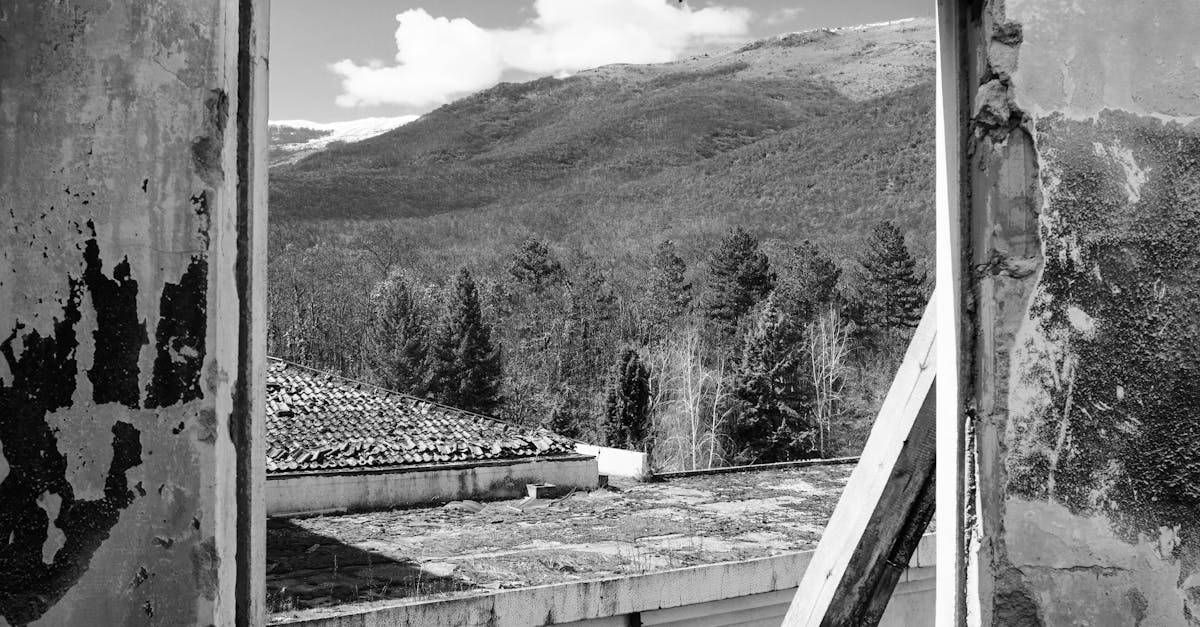
Types of Vegetation Suitable for Vegetated Roofs
Table Of Contents
Aromatic Herbs
Aromatic herbs have gained popularity in rooftop gardens due to their pleasant scents and culinary uses. Lavender, with its sweet floral fragrance, is a common choice for vegetated roofs. This herb is not only a delight for the senses but also attracts pollinators, contributing to biodiversity in urban environments. Its drought-resistant nature makes it well-suited for green roofs, where it can thrive in dry conditions.
Another aromatic herb suitable for vegetated roofs is thyme, known for its earthy and slightly minty aroma. Thyme is a hardy plant that requires minimal maintenance, making it ideal for green roofs with limited access. Its creeping habit allows it to provide ground cover, adding a touch of greenery while also releasing its delightful scent when stepped on. Thyme is a versatile herb that adds both aesthetic and functional value to vegetated roof ecosystems.
Lavender
Lavender is a fragrant and visually appealing herb that thrives on vegetated roofs. Its distinctive purple flowers not only add a pop of colour but also attract beneficial pollinators such as bees and butterflies. This herb is known for its calming aroma, making it a perfect addition to green roofs in urban settings, providing a touch of nature amidst the concrete jungle.
In addition to its aromatic benefits, lavender is also a hardy plant that can withstand varying weather conditions, making it ideal for extensive green roof systems. Its low maintenance nature and drought tolerance make it a popular choice for vegetated roofs, requiring minimal care once established. With its beauty, resilience, and soothing scent, lavender is a versatile plant that can enhance the aesthetic appeal and ecological value of green roofs.
Mosses and Lichens
Mosses and lichens are intriguing plant species that can thrive on vegetated roofs. These low-growing organisms are well-suited for green roof environments due to their ability to withstand harsh conditions. With their minimal root systems, mosses and lichens can efficiently absorb water and nutrients from the air, making them ideal for extensive roof systems.
Reindeer moss, a type of lichen, is a popular choice for vegetated roofs. Its unique texture and vibrant green hues can add visual interest to rooftop gardens. Reindeer moss is also drought-tolerant, requiring minimal maintenance once established. This resilient plant can withstand varying temperatures and light conditions, making it a versatile option for green roof applications.
Reindeer Moss
Reindeer moss, scientifically known as Cladonia rangiferina, is a type of lichen that thrives in harsh alpine environments. This unique plant is well-suited for vegetated roofs due to its ability to withstand extreme weather conditions and low nutrient levels. Reindeer moss offers a beautiful carpet-like appearance, enhancing the aesthetic appeal of green roofs while requiring minimal maintenance once established.
This resilient plant is not a true moss but rather a symbiotic combination of fungi and algae. Reindeer moss absorbs moisture from the air and rainfall, making it an excellent choice for green roofs in arid regions or areas with limited water resources. Its adaptability to various light levels, including partial shade, makes it a versatile option for vegetated roofs in urban environments where sunlight exposure may be limited.
Alpine Plants
Alpine plants are a diverse group of vegetation that thrives in high-altitude environments with cool temperatures and rocky terrain. These plants have adapted to withstand harsh weather conditions, including strong winds and extreme temperatures, making them ideal choices for vegetated roofs in regions with similar climates. Alpine plants often have small, dense foliage and compact growth habits, which help them conserve water and reduce the risk of damage from environmental stressors.
One popular choice for Alpine plants on vegetated roofs is the Alpine Strawberry. These small, perennial plants produce delicate white flowers and delicious edible fruit, adding beauty and functionality to green roofs. Alpine Strawberries are low-maintenance plants that require minimal attention once established, making them a practical option for green roof installations in areas with challenging growing conditions.
Alpine Strawberries
Alpine strawberries are a delightful addition to vegetated roofs, adding a pop of colour and a touch of sweetness. These small, juicy fruits are not only visually appealing but also serve as a practical choice for roof gardens. Their compact size makes them ideal for confined spaces, and their delicate white flowers add a charming aesthetic to the greenery of the rooftop garden.
In addition to their visual appeal, alpine strawberries are relatively easy to care for, making them a low-maintenance choice for vegetated roofs. These hardy plants are well-suited to various weather conditions, including harsh sunlight and cooler temperatures, making them a versatile option for green roof installations. With their ability to thrive in challenging environments, alpine strawberries are a resilient choice for those looking to incorporate edible plants into their rooftop gardens.
FAQS
What are some examples of aromatic herbs suitable for vegetated roofs?
Some aromatic herbs suitable for vegetated roofs include lavender, thyme, and rosemary.
How can mosses and lichens benefit vegetated roofs?
Mosses and lichens can help improve air quality, provide insulation, and create a natural, visually appealing aesthetic on vegetated roofs.
What is the significance of reindeer moss for vegetated roofs?
Reindeer moss is a low-maintenance plant that can thrive in harsh conditions, making it a suitable choice for vegetated roofs in varying climates.
Why are alpine plants recommended for vegetated roofs?
Alpine plants are resilient to extreme weather conditions and require minimal maintenance, making them ideal for vegetated roofs that may be exposed to harsh elements.
How can alpine strawberries enhance the biodiversity of vegetated roofs?
Alpine strawberries attract pollinators, such as bees and butterflies, contributing to the overall biodiversity of vegetated roofs while also providing a delightful splash of colour.
Related Links
Benefits of Installing Vegetated Roofs in Urban SettingsMaintenance Tips for Vegetated Roofs in Australia
Enhancing Biodiversity with Vegetated Roofs in Australian Cities
Energy Efficiency and Insulation Benefits of Vegetated Roofs in Australia
Waterproofing Solutions for Vegetated Roofs in Australia